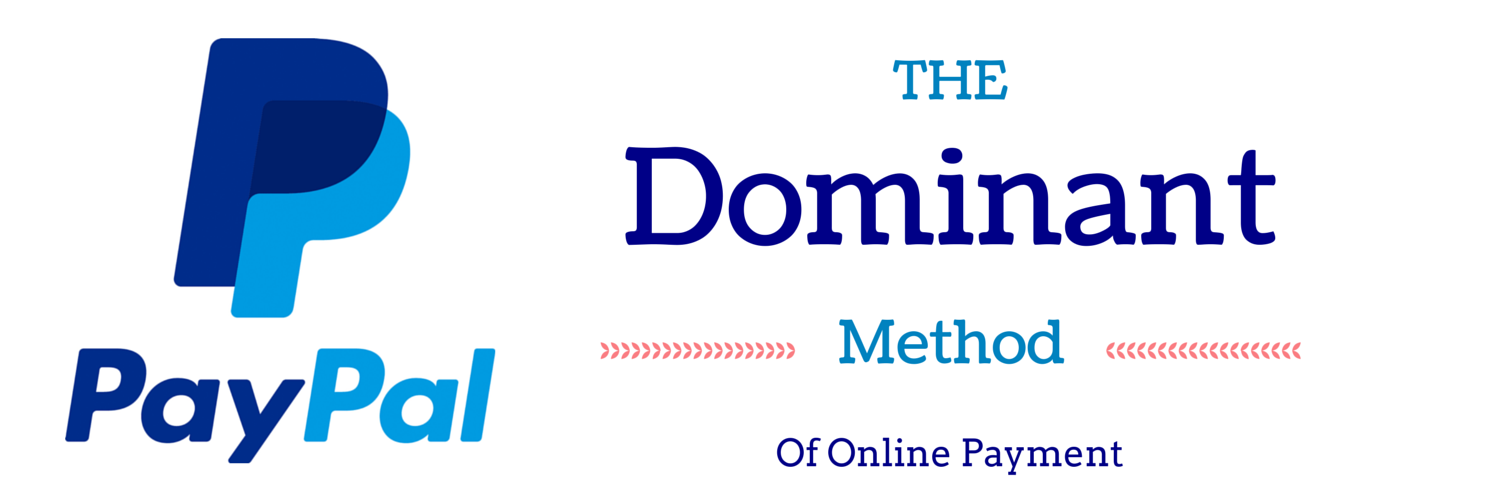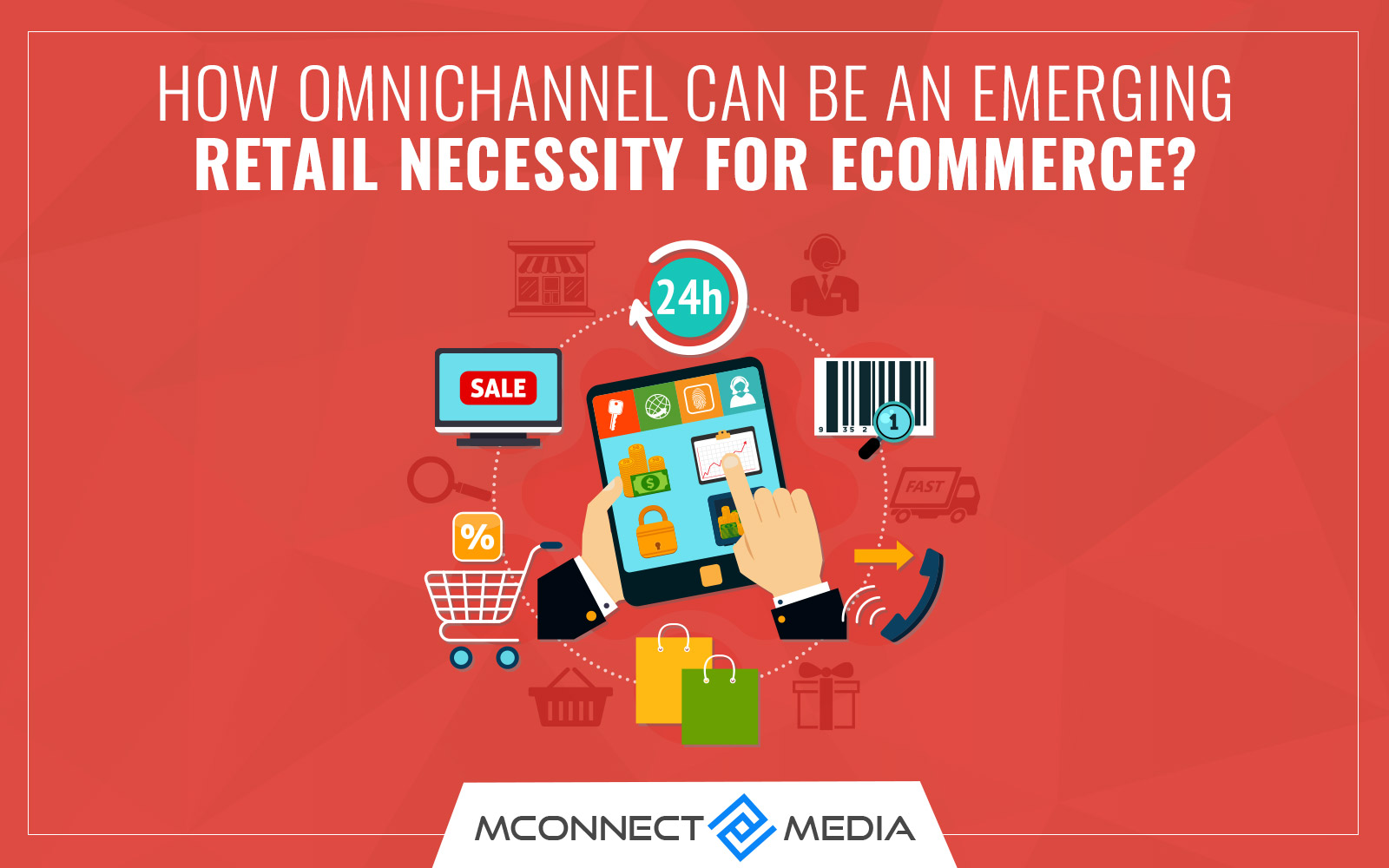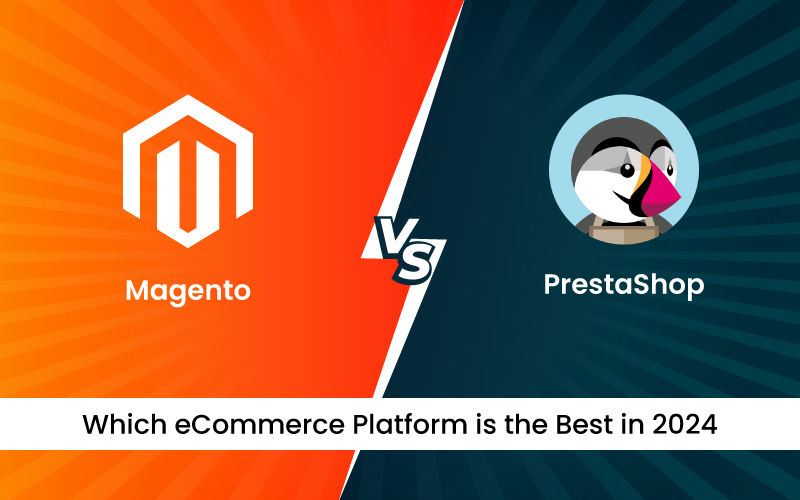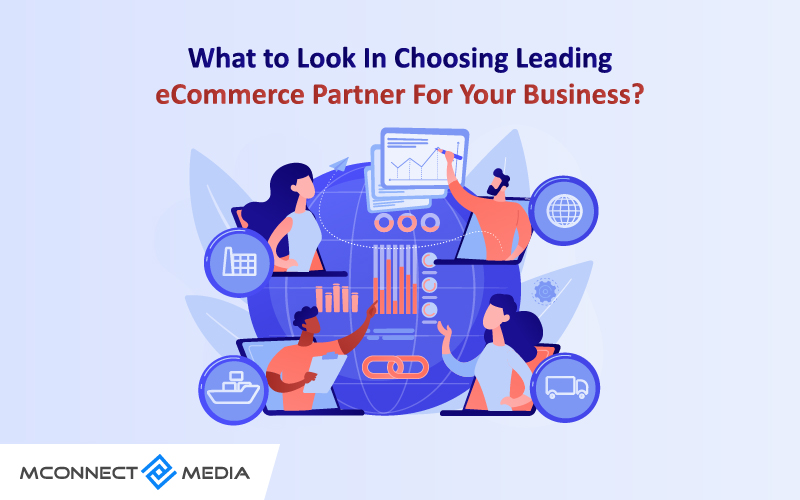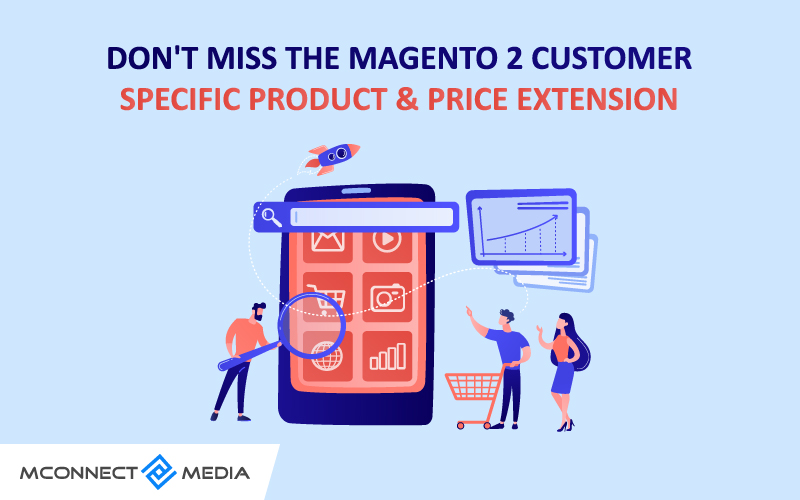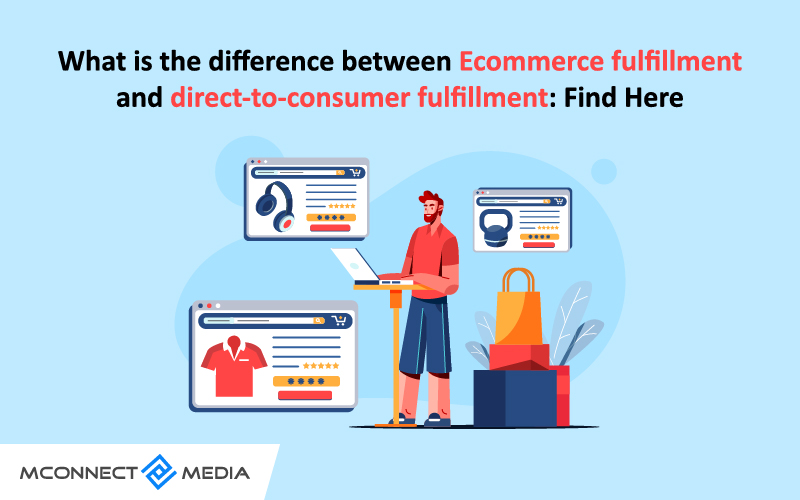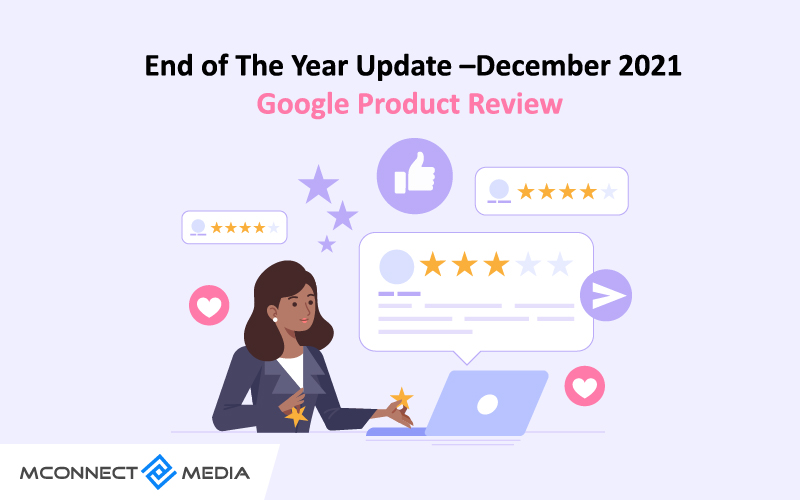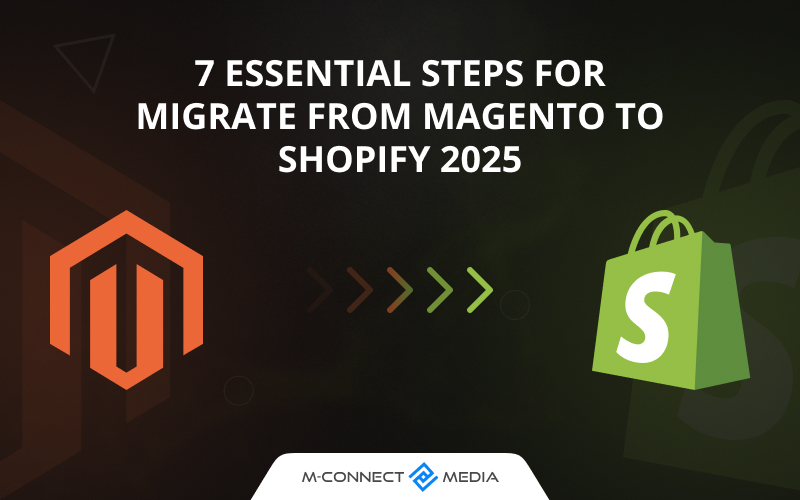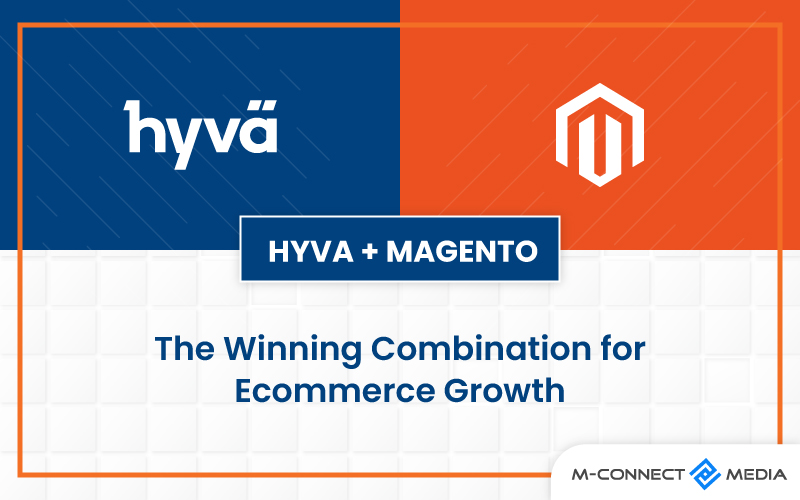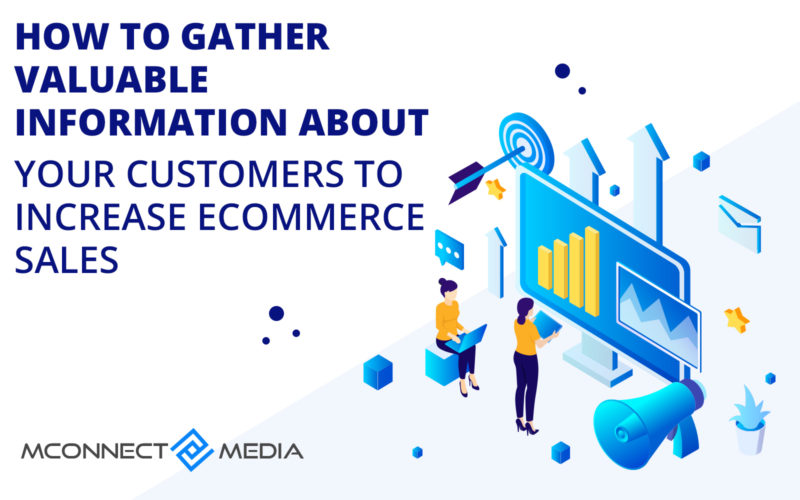When I was in a primary school, a question that kept triggering my curiosity was, “What would the world without money be like?”. To answer my curiosity, my mentor took a little while, and then she came up with a legit response regarding transactions. She said, “No money, no transaction! No transaction, yes barter”. To further solve my query, she explained barter with the given matrix:
| Wheat(1kg) | Rice(1kg) | Milk(1ltr) | Oil(1ltr) | |
|---|---|---|---|---|
| Wheat(1kg) | 1 | 5 | 7 | 10 |
| Rice(1kg) | 5 | 1 | 12 | 14 |
| Milk(1ltr) | 7 | 12 | 1 | 8 |
| Oil(1ltr) | 10 | 14 | 8 | 1 |
The barter system is a matrix which involves the assignment of exchange rates to each pair of products. A small matrix can be operated manually, but think about Amazon/Walmart which have 100k + items. The matrix created would have 10 billion exchange rates.
The reason I have been sharing my school experience is, to make you understand the importance of the evolution of money. While barter system evolved into fiat currency after the span of kiloyears(1000+ years) of its existence, currency transformed into digital payment after the length of centuries(100+ years) of its actuality, digital payment system has been transmogrified to the alternative payment methods in less than a decade of its existence.
Yes, last decade has seen the great revelation in the payment methods. Thanks to a number of factors like advancement in technology, advancement in secure payment and PCI compliant stores.
Frictionless check-outs and desired payment options have become important techniques for conversion rates. Preferring payment modes is highly subjective. They are mostly based on the geographic location and economic situation of the country. Online and credit card payment are old procedures of payment which need personal information for a transaction. Several shortcomings of them have made question their reliabilities.
They are as follow:
- Customers worry about the plausible junk mails from merchants on regular basis.
- Customers worry about misuse of their personal information by the merchants.
- Customers worry about their personal data getting sold to other merchants.
- Customers worry about interception of their card details.
- Customers are concerned about their personal data getting sold to unauthorized parties by the mishaps of merchants.
These are the primary reasons why customers want alternative methods for payment. Generally, Alternative payments refer to payment methods that are used as substitutes to credit card payments. In a broader perspective, alternative payment method doesn’t necessarily involve substitution of credit cards, but it means to offer the most feasible option to the buyers.
Representative case: Person from India relies more on cash payments rather than digital wallets/vouchers in comparison to that of Brazil. Focus on the feasibility of the users, rather than following the trendy course of other countries. Cash on delivery remains the preferred payment option for Indians and it is a live specimen of how e-commerce is fuelled just by offering the best payment options.
This proves how conveniency, feasibility, and familiarity of the payment method COD obviates the fear of being cheated by online payment. Hence, the term “alternative payment method” is a kind of a misnomer, mostly read inaccurately by the e-commerce merchants. In layman’s term, it means “Give your buyers the best payment option, in accordance to their likeability, irrespective of whatever trend you are riding on”.
It is advisable to read the economic structure of a country, before inducing any kind of payment options. “Cut and try” approach might truncate your chances of solidifying the position among new customers. A detailed survey on the transactional flow of a country, and making options available based on examining those reports might fancy the chances for your e-commerce business.
| COUNTRY | Top 3 PAYMENT SYSTEM |
|---|---|
| United States | Visa, American Express, MasterCard |
| China | Alipay, UnionPay, Tenpay |
| United Kingdom | Visa, Mastercard, PayPal |
| Germany | SEPA direct debit, Giropay, Open invoice |
| Japan | Visa, Mastercard, Konbini |
| France | Cartes Bancaires, Visa, MasterCard |
| South Korea | Visa, Mastercard, Bank Transfer |
| Russia | Visa, Qiwi, Yandex |
| Australia | Visa, Mastercard, American Express |
| India | Cash, Visa, MasterCard |
| Brazil | Domestic Credit Cards, Boleto Bancário, Bank Transfer |
It is evidently clear that different countries opt for different payment methods based on their practicability. Payment preferability leads to a frictionless check-outs, which we all wish for.
Alternative Payment: A Proxy Service in Relation to your Preferability
As of now, we all know the importance of alternative payments in harmonious check-outs of the users. We shall discuss the types of alternative payment options which are in trend.
(Please note that the cutting-edge trend in payment options of one country might differ from that of another country. Examine proper surveys on transactional systems before you opt for any payment formula.
Debit Card: Debts you Under the Burden of its Easability
A debit card is a plastic payment card, which can be used instead of cash. The amount is directly deducted from the concerned bank account while making a purchase. This is a worldly accepted payment system (because it eliminates the need to carry physical cash and cheque), which is currently used by 100% of the eCommerce stores.
The above chart depicts the total number of debit card payment(in billion) in U.S. The ecosystem of the debit card has grown from 8 billion in the year 2000 to 47 billion in 2012. Also, India – a home to COD ecosystem, has voluntarily accepted this mode of payment as its second fiddle. It is clearly perceivable that the particular practice is on the rise.
Pre-paid Card: Prepares you for a Smooth Transaction
Prepaid cards are on the rise, especially among the Y generation. The reason for the growth of pre-paid card attributes to its financial independence offering.
E-commerce, in particular, is chauffeuring up prepaid card usage. Consumers have started to use them more to make online purchases and pay bills.
For “underbanked” buyers, or those who don’t have access to payment systems like credit and debit cards, prepaid cards fill a vacuum.
According to the reports by BusinessWire, “debit and prepaid cards accounted for 54.63% of purchase transactions in 2015, up from 54.05% in 2014”.
E-wallet: A Virtual Wallet With a Lot of Space
E-wallet refers to the digital wallet system, which allows its customers in electronic transactions. Most of the e-commerce companies have inbuilt wallet system in their UI, known to be supported by some of the secure payment bridges. Secure payment bridges demand PCI compliance from the stores.
The use case of E-wallet is very easy. The concerned buyer is supposed to replenish his e-wallet by passing on his bank credentials to the merchant.
Digital Wallets can also increase the security of the transaction since the wallet typically does not violate card details to the website. Another notable use of digital wallet is, it could verify the age of the buyer to the store while purchasing something like Alcohol- needing age verification.
In 2016, Amazon India launched its digital wallet service to grapple its giant rivalry Flipkart.
Online Banking: Designed for Online Commerce
Online Banking ePayments (OBeP) is designed especially for the online commerce. With OBeP, during the final checkout process, merchant site diverts the consumer to their financial organization’s online banking site where they log in and prove their authorization. After they are charged, the financial organization redirects the consumer back to the merchant portal.
Online banking networks are protected using industry standard encryption, and they don’t violate the standard compliant rules. Not to forget, any kind of communications with online banking payments take place on a virtual network, and not on the public internet.
OBeP systems secure consumer personal details by not requiring the disclosure of account credentials or other sensitive personal data to online merchants or other third parties.
However, the growth of online payment system seems to decline. The rationality behind dilapidation of it can be understood by reading the pros of other payment methods. A stat from statista shows how the online payment transaction volume in China’s change in payment mood has made this payment mode fall from ceiling to floor. In the year 2008, it was 58.2 % of the previous year, while the graph has continued to fall and is expected to fall by 24.9% in 2018.
Invoice – Pay After Delivery: Inspect your Item
Pay After Delivery is an attractive payment mode, which caught user’s attention when Paypal, an American online payment giant introduced it.
Its website says,
Confirm you’ve received what you expected to get before the money leaves your account. When you use your linked bank account to checkout with PayPal, you can choose Pay After Delivery on all eligible purchases.
It also reads three important guidelines which clear its modus operandi. They are:
- “Choose a bank as your preferred payment method then select Pay after Delivery at checkout. We’ll pay the seller immediately”.
- “During checkout, see when we’ll deduct the money from your bank. We’ll send you an alert beforehand to remind you”.
- “Jump for joy when your order arrives. If it’s not what you expected, just let us know”.
The particular payment method is luring customers due to its flexibility, and its ability to grant customers an option to confirm the product’s legitimacy. One of the major drawbacks is that the payback is funded by our bank accounts, so there’s no credit card protection to fall back on if PayPal security fails.
1. Direct Debit: Directs a User to Much Better Payment Environs
Direct debit is a flexible method to deduct the amount of bill generated, using few attributes like bank code number, account number, and most importantly – a nod from the account holder. After a successful data verification of the system, a direct debit form is passed to the bank’s system.
The uncomplicated definition is
an arrangement made with a banking system that allows a third party to transfer money from a person’s account on agreed dates and terms, in order to pay for purchases and bills.
Two simple steps to complete direct debit payment are:
- The payer must finish a direct debit indication to the merchant. This indication contains a bank-approved statement, which makes clear that the payer is providing the authority to the merchant to debit money from their accounts.
- The interface for completion of the direct debit indication is managed by the merchant, who then transfers the data from the form to the customer’s bank.
Direct debit has been in commencement phase of its execution in the eCommerce business. Malaysia has been operating the particular payment model very well.
In Malaysia, the direct debit system is available in the name of the product known as FPX – Financial Process Exchange. FPX is known to support the direct debit module efficiently. It not only triggers the success compass of eCommerce but also offers an alternate solution to the Malaysian market, particularly for business to business (B2B) and business to commerce (B2C) payments.
FPX grants its customers an option – to make payment at e-stores such as websites and applications.It provides agile, robust, secure, reliable, real-time online payment processing.
FPX provides a complete end-to-end business transaction (which handles all the system exceptions and errors), resourceful payment records, simplified reconciliation and reduced risks as fund transactions are between established financial institutions over the private internet.
2. Cash: Cash Everything ↔ In Exchange of Product
Cash is one of the older payment systems and is globally accepted because of its ease to practice. Needless to say, how it works. But e-commerce realized its importance, a bit late.
When Jeff Bezos pioneered the eCommerce giant(what we know as Amazon), several people doubted its success due to the compulsion of the online transactions. They were tentative to share their credentials online. Also, the single payment formula would hamper Amazon’s growth in geographical locations like sub-continents (India, Middle East, Sri Lanka, etc).
Subsequently, Amazon launched “Cash On Delivery” service to challenge its contemporaries like Flipkart (it launched COD prior to Amazon), Snapdeal in India. Cash on delivery has blossomed the growth of e-commerce in India single-handedly. According to the reports by Business Insider, COD continues to be the preferred option by 83% of online consumers. Hence, the definition of alternative payment is a good fit to the Indian e-commerce.
3. Direct Carrier Billing: Carries you to a Beautiful E-Commerce Experience Directly
There is a global ascension in an online payment mode, known as “Direct Carrier Billing”. Though credit cards and other modules have significant penetration in U.S. e-commerce, some of its populace(around 30-40%) sideline the use of e-commerce store, mainly due to either be unbanked or fearing the online fraud.
Direct carrier billing is getting embraced globally, around hundreds of carriers, numbers of merchants and other millions of consumers. Reports from leading industry analyst say, direct carrier billing has expanded its tentacles and is available to consumers in about 120 countries and is helped by multiple carriers in each country.
It has also graphed the probable sales related to this payment mode. It is approximated to surge from $12-to-$16 billion in sales annually in 2016 to over to $24 billion by 2019.
Here are some of the aftermaths which explain the positive expansion of direct carrier billing and its acceptance globally:
- The merchants of U.S., who practiced this system and enabled its users to practice it, noticed that there were lift in 10 to 30 percent of revenue.
- The possible reason for its success were realized because larger addressable mass were reached: the underbanked(poor, rural, teens, etc.); those who feared about having their credit card or bank account data hacked.
- Conversion rate due to direct carrier billing bettered the rate of conversion through credit card and other payment options.
4. Cryptocurrency: The Future of Money Lies Here
Cryptocurrency is the subset of alternative payments which is ready to storm the market with its exciting concept of cryptic-money.
The general definition goes like, “Digital asset designed in such a way that it acts as a medium of exchange, in which cryptography is primarily used to guard the transactions and to control the creation of units of the currency”. They are the decentralized currency which is making the transfer of money easier.
However, few prominent experts have shown unsettling doubts on the use of cryptocurrencies.
One of the Central bank representatives stated that “the adoption of cryptocurrencies such as Bitcoin pose a significant threat to central banks’ ability to influence the price of credit for the whole economy”. He also stated that “as trade using cryptocurrencies becomes more popular, there is bound to be a loss of consumer confidence in fiat currencies”.
Gareth Murphy, a senior central banking officer(FRA) had stated:
widespread use would also make it more difficult for statistical agencies to gather data on economic activity, which are used by governments to steer the economy.
A lot of doubts are needed to be settled by the particular formulae. E-commerce might be the right place to demonstrate the pilot projects.
These are the types of payment methods which can be provided as an alternate solution to the customers who abandon their carts while check out. There are a lot of exciting initiatives going on in the world of payment as we lead the future of money.
Hitherto, there exist a several methods of payments, but criteria to choose the right one for your store is still a critical issue. Here is a list of criterions to look out for, before you choose payment gateways for your customers:
Criterions to Opt the Correct Payment Gateway: A Compulsive Yard to Travel
The ultimate aim in selecting a payment gateway should rely on hassle-free, agile system which doesn’t compromise the time and fear of customers. Fear to poor product quality and bad services are customer’s right. It depends on how you maneuver their fear and make their experience phenomenal. Here is list of references which should make your selection procedure simple:
Flexibility Of your Payment Gateway
Flexibility is the most talked word in the technological era. But how many them seem to understand the correct context of it? Whatever gateway you opt for, check whether it is compatible with your system and its language. Check out if its operation is widespread, if not universal. Also, look if it could provide the universal-currency operation. Clear yourself about the total transaction time taken by the system. If any of the above points are not met, the opted gateway might limit your functioning, resulting in decline(or no rise) of sales.
Simple Checkout Processing
The simple checkout process is something which can magically convert a lost sale into a long lasting potential customer. If your payment bridge offers a simple check out schema, it improves the entire user flow and payment gets faster. Look out for those payment gateways which can provide you other features like one click payment, multi-linguistic processing, remember me checkbox.
Technical Integration Should be Smooth
The technical integration between the payment gateway and your store should be smooth and simple. A complex integration may lead to a perplexing situation, which might make your store cumbersome. It has to be hassle-free and agile. Watch out whether a few adjustments, here and there, a click or two integrates your system with the gateway.
Don’t Stress Over Fee
When you are involved in an e-commerce business, don’t get surprised by the additional charges of the payment service providers. Prepare yourself for all the kind of expenses.
In order to compromise the fee, you might end up in compromising the security of the customers, along with the important features like agility, flexibility, and scalability.
To avoid additional charges, make sure that you understand the terms prior to the integration. Hidden charges might prove to be very dangerous for your store. Clear everything at the beginning, settle the dust, once and for all.
Secure Channel
When it comes to the online transaction, security is the most questioned and worried attribute. Check whether the payment bridge is eligible of providing security to the credentials. Ask it about the data encryption, SSL certification and if they meet the most important security level, i.e, PCI 1. Make sure you also filter the providers in terms of fraud protection agreement. It is not only necessary to protect a consumer’s interest but also your brand value.
Strong Customer Support
E-commerce is a place which needs immediate attention to queries, or else it can be frustrating. Choose your gateway, if it provides you 24*7 helpdesk. Issues in e-commerce shouldn’t halt the seamless experience of the users. It should be resolved, lightening quick.
The Inference
In a battle between legions of payment providers, choose your service depending on your objectives. Filter out at least 3 best payment methods for your users (depending on major preferences) and serve the void to the best of their interest. There is no doubt about how alternative payment methods have proved its importance in magically converting lost customers into long lasting ones, and will continue to do so in future.
Human civilization have travelled a long way of monetary system formation. Our journey from barter to real world currencies like coins and notes is denoting the evolution of payment system/methods.
For online world, payment in safe and secure way is a big challenge. E-commerce have evolved different modes of payments and modern payment gateways are advanced systems.
However, digital currencies like Bitcoin is a bit tough to adopt many and modern e-commerce businesses still looking for viable alternatives to provide customized payment gateway integration and payment method solutions.
Fortunately, M-Connect has expertise and experiences to deal with any scale or any level of online payment related intricacies. Just converse with us if you want to know more about our eCommerce Integration or payment solution services, feel free to contact or consult us.




